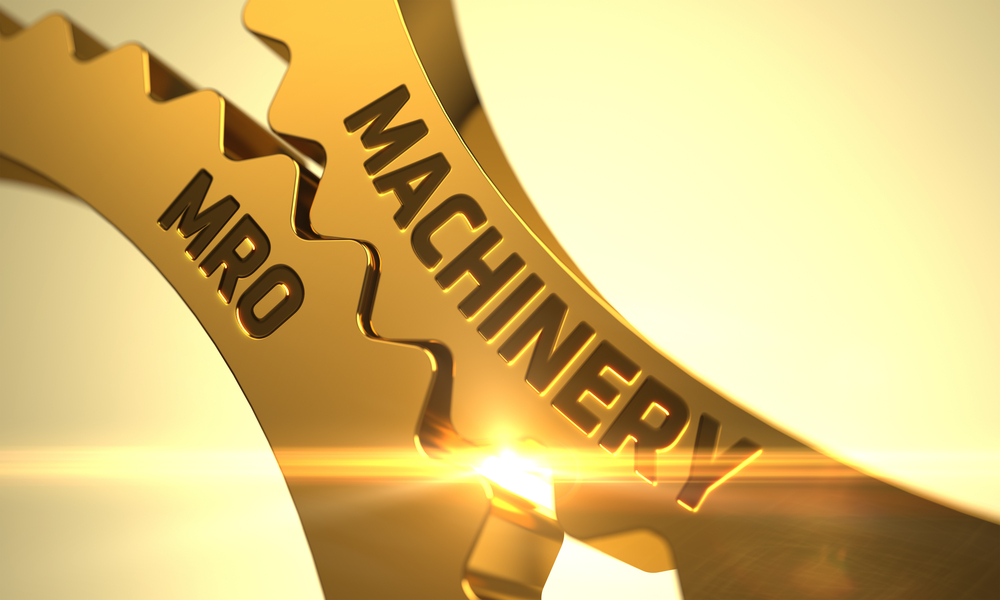Condition-based maintenance: the crystal ball you need

Gazing into a crystal ball to know the future has a long, storied past that dates before the Middle Ages.
Today, condition-based maintenance, or maintenance performed on industrial assets only when needed, is taking the guesswork out of global manufacturers’ maintenance, repair and operations strategies by helping eliminate downtime before it occurs.
That’s good news for manufacturers as more than 80 percent report they are unable to calculate their true downtime costs correctly, driving an estimated $20 billion in losses annually.
Condition-based maintenance (CBM) technology uses real-time data to prioritize and optimize maintenance resources. It’s part of the growing Industry 4.0 trend in which cyber-physical systems, the Internet of Things (IoT), cloud computing and cognitive systems are connected to increase automation and data exchange in physical manufacturing assets.
Because the cost of IoT sensors has steadily dropped by more than two-thirds since 2004, from $1.30 to a forecast of 38 cents in 2020, CBM is poised to usher in a veritable maintenance, repair and overhaul (MRO) “renaissance” by optimizing the tradeoff between maintenance costs and performance. Still, to fully appreciate CBM’s value, it’s important to understand how MRO practices have evolved.
How condition-based maintenance can help you
MRO looks at the typical operational lifespan of an industrial asset such as an aircraft, ship or a power plant and aims to effectively maintain it over time and lower the asset’s total cost of ownership (TCO).
Traditionally, maintenance has been performed on a scheduled or reactive basis with manual or paper-based processes. These often resulted in costly overages such as overstocking of spare parts or productivity loss associated with assets taken offline for repairs.
As technology automation evolved, manufacturers adopting enterprise resource planning (ERP) systems tried to extend their systems’ capabilities to address MRO processes such as materials planning and maintenance scheduling. But since ERP systems are designed to view assets through a piece-part financial lens and not TCO, costly customization and additional resources were required.
By contrast, CBM overcomes these challenges by providing maintenance only when it’s need araises. With the help of IoT sensors, the system constantly collects data on the operational status of assets and fed to machine-learning and data-analytics systems that predict maintenance requirements in real time.
Not only does this minimize downtime and lower TCO, but the same data helps manufacturers build better machines with longer lifespans. Procurement and productivity also benefit: companies reduce spare-parts inventories, and technicians are ready for repairs fully equipped with the information and parts they need to perform the operation successfully.
This has already made CBM broadly accepted as the best practice for monitoring and preventing industrial equipment failure. According to numerous industry benchmarks, CBM can help cut maintenance costs by as much as 12 percent in the first year, and drastically improve machine availability by as much as 92 percent. CBM also helps to reduce unexpected failures by about 25 percent, and repair and overhaul time is almost trimmed in half.
Today, manufacturers don’t need a crystal ball to predict the future of industrial MRO. The decreased cost of sensors is fueling a boom in Industrial IoT spending, with manufacturing companies estimated to spend $500 billion a year on the technology. This will bring CBM mainstream, offering deeper performance insights, reduced costs and increased operational efficiency to manufacturers worldwide.

This concludes part one of our series on condition-based maintenance. In part two, we discuss how CBM gives industries a leg up on the competition.
About the author
Senthil Kumar is a digital enterprise business development consultant working in the Asia-Pacific presales and consulting group within Siemens PLM Software. He has been with Siemens for 18 years playing numerous roles within business consulting, presales and implementing PLM solutions. He has worked with several companies in the machinery, energy, automotive, aerospace and defense, and HTE industries across many countries.


